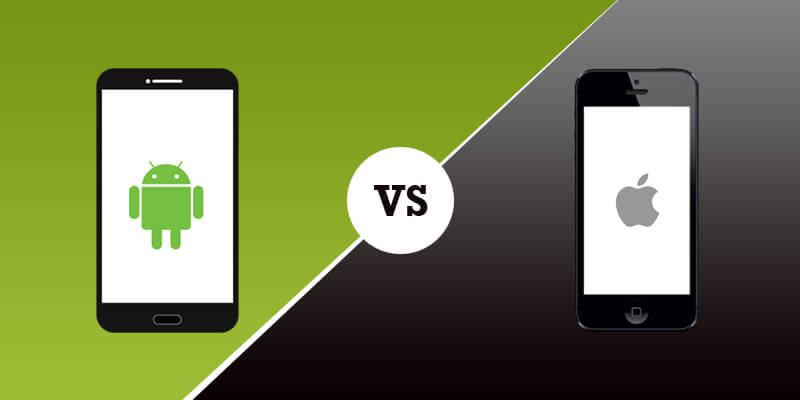The user interface (UI) design of a mobile operating system is critical to its success, especially in the highly competitive mobile app market. iOS and Android are the two most popular mobile operating systems, with iOS being exclusive to Apple devices and available on the Apple Store, while Android is available on various devices and the Google Play Store. The UI design of these two platforms differs significantly, including the use of visual elements, navigation patterns, and overall design principles.
In this article, we will explore the key differences between iOS and Android UI design.
-
Navigation
Navigation is one of the most significant differences between iOS and Android. iOS uses a hierarchical structure where the user is guided from screen to screen using a back button to move back through previous screens. On the other hand, Android uses a more flexible navigation system with a navigation drawer that slides in from the side of the screen, providing access to different sections of the app.
-
Buttons
In iOS, buttons typically have rounded edges and are placed at the bottom of the screen. They often have labels and are easily identifiable, making them easier to use for users. In contrast, Android buttons are typically rectangular and located at the top of the screen, which may make them harder to reach with one hand.
-
Icons
Icons are essential elements of the UI design, and they differ significantly between iOS and Android. iOS icons are often more straightforward and flatter than Android icons, with a consistent visual style. Android icons are more diverse, with a mix of flat and 3D styles.
-
Typography
Typography is the design and use of fonts to convey a message. iOS and Android use different font styles, which is evident in their user interfaces. iOS typically uses sans-serif fonts, which are clean and easy to read. Android, on the other hand, uses a mix of sans-serif and serif fonts, which can make the text appear more elegant.
-
Color Scheme
The Color scheme is another significant difference between iOS and Android. iOS uses a consistent Color palette with a focus on white and black, which makes it easier to read and navigate. Android, on the other hand, uses a more varied Color scheme, which can make it more visually appealing but may also make it harder to read in some cases.
-
Animations
Both iOS and Android use animations to make the UI more engaging and intuitive. However, iOS uses more subtle and refined animations, while Android uses more exaggerated animations that can make the UI appear more dynamic and energetic.
-
Widgets
Widgets are an essential part of Android’s UI design, allowing users to see important information and access frequently used functions without having to open the app. iOS also has widgets, but they are less customizable and less prominent than Android’s widgets.
-
Settings
Settings are an essential part of any mobile operating system, and they differ significantly between iOS and Android. iOS organizes settings into different categories, while Android uses a more straightforward list of options. This can make it easier to find settings in iOS but may make it harder to navigate for Android users.
In conclusion, while both iOS and Android have their unique UI design, it is crucial to consider these differences when designing apps for these platforms. By understanding these differences, designers can create apps that provide a better user experience and help users achieve their goals more efficiently.


